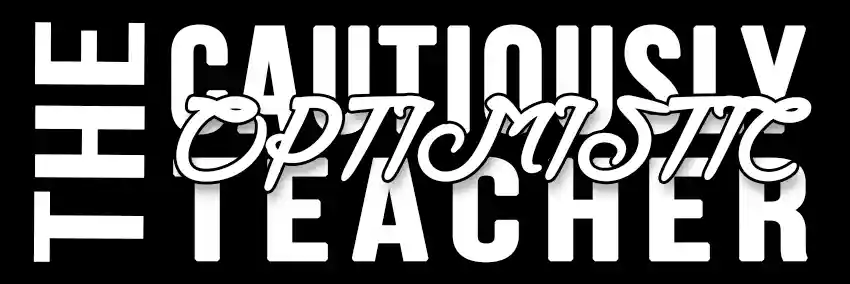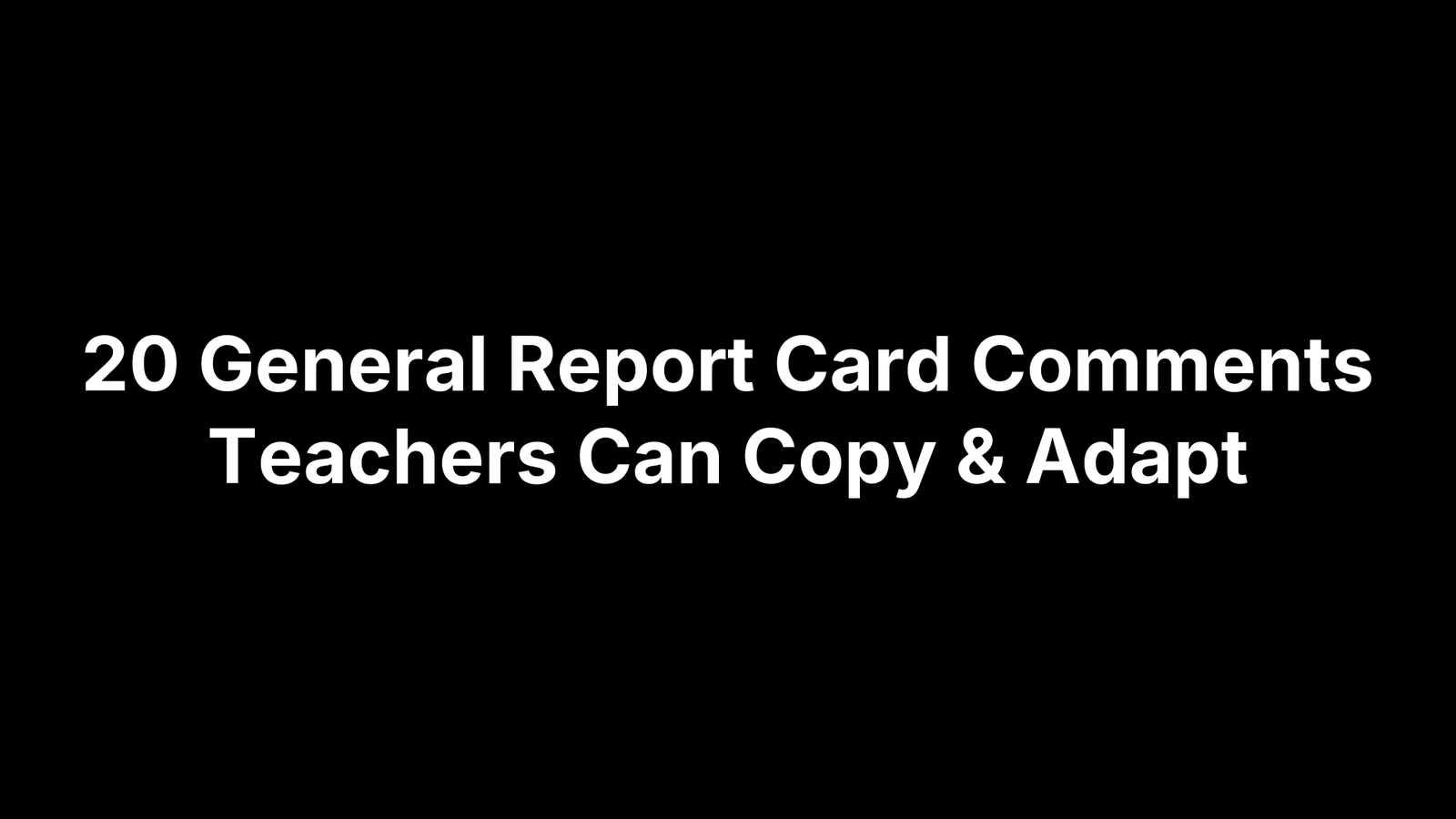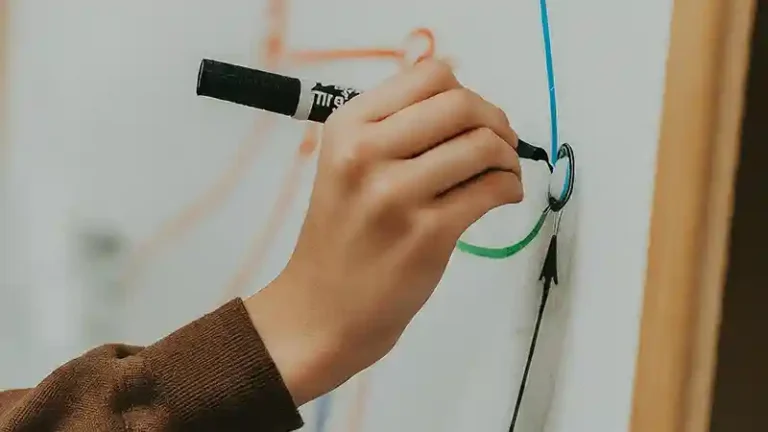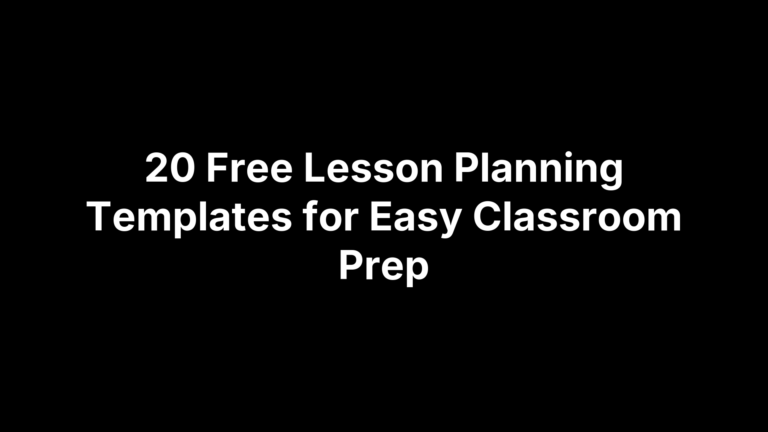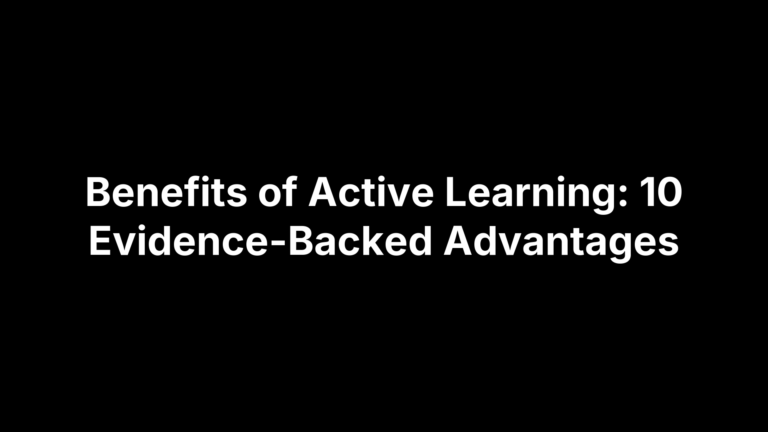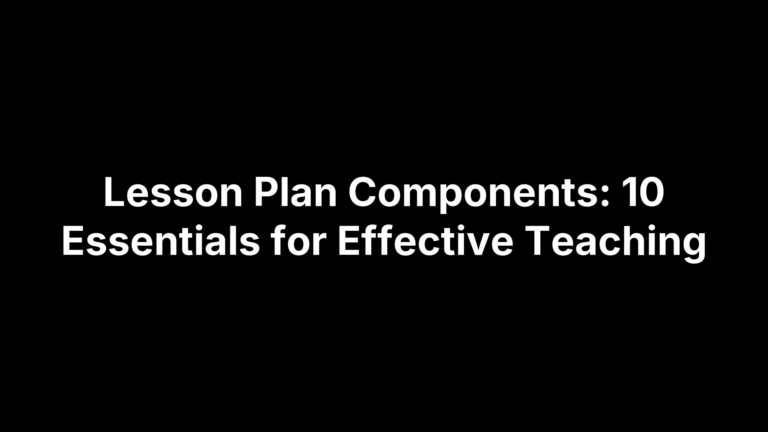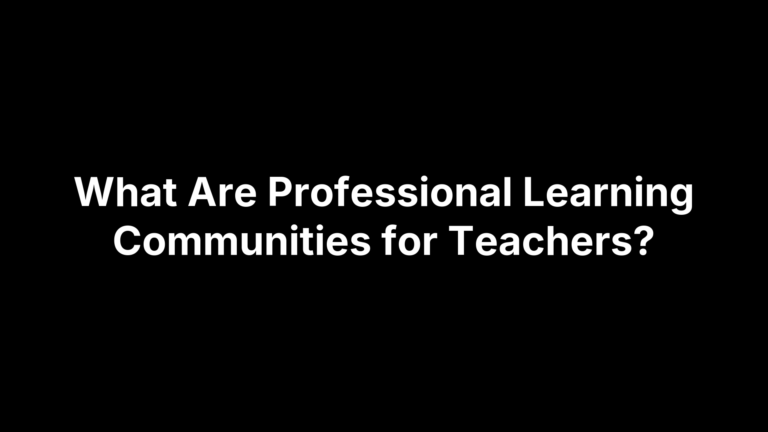20 General Report Card Comments Teachers Can Copy & Adapt
Report cards always seem to arrive faster than the calendar suggests, and the “general comment” box can feel like an empty stage just minutes before the curtain rises. You want a concise summary that honors the whole child, communicates progress to families, and still leaves enough energy for the dozen other students waiting in the queue. That’s where this list steps in. We’ve pulled together 20 classroom-tested general comments you can copy, paste, and personalize right inside your reporting software today.
Before we hand them over, a quick refresher: a general comment is the broad snapshot that sits above subject-specific notes, highlighting habits of mind, character, and overall growth. When crafted with care, it becomes more than filler—it builds trust with caregivers, motivates students, and documents evidence of progress for administrators. Inside, you’ll find comments written in positive, constructive, and goal-setting tones, each paired with tips for tailoring language and quick variations for different grade levels. Choose the line that fits, tweak a name or detail, and move on to the next card with confidence. Your late-night grading session just got a little shorter—and a lot more meaningful for you.
1. Consistently displays a positive attitude and growth mindset toward learning
Use this general report card comment when you want families to know their child shows up ready to tackle challenges with optimism and perseverance. Celebrating a growth mindset frames learning as an ongoing journey and signals that the student’s attitude—not just grades—matters. It also reassures caregivers that the student will keep stretching even when tasks get tough.
When to Use This Comment
- The student embraces new material enthusiastically and doesn’t shut down after mistakes.
- Actively self-reflects, saying things like “I can try another strategy.”
- Seeks feedback or extra practice without prompting and encourages peers to do the same.
Personalization Tips
- Reference a recent hurdle overcome (e.g., “mastered integer subtraction after multiple attempts”).
- Insert language the student uses: “never gives up when coding errors appear” or “welcomes feedback on thesis statements.”
- Pair the comment with a specific next step—“will apply the same resilience to upcoming research projects.”
Quick Variations to Copy
- “[Name] approaches new tasks with optimism and curiosity.”
- “[Name] treats setbacks as stepping-stones to mastery.”
- “With a consistently positive outlook, [Name] models productive struggle for classmates.”
2. Completes assignments promptly and takes responsibility for learning
Families want to know their child can be counted on, and administrators look for evidence of student ownership. Using this general report card comment signals that the learner not only meets deadlines but also recognizes that progress depends on personal effort. It highlights reliability — a trait that will serve students well beyond your classroom.
When to Use This Comment
- Student consistently submits classwork, homework, and projects on or before the due date.
- Proactively gathers required materials, double-checks rubrics, and follows submission guidelines.
- Accepts full responsibility for results, seeking clarification or extensions only when genuinely necessary.
This comment reassures caregivers that time management and accountability are established strengths.
Personalization Tips
- Mention a recent long-term task turned in ahead of schedule (“completed the science fair report three days early”).
- Swap “assignments” with course-specific terms such as “essays,” “lab write-ups,” or “studio pieces.”
- Add a forward-looking note: “will apply the same diligence to upcoming group presentations.”
Quick Variations to Copy
- “[Name] consistently meets or beats due dates.”
- “Shows strong ownership over personal learning goals and outcomes.”
3. Participates actively and contributes thoughtful ideas to class discussions
Choose this comment when you want to spotlight a student who does more than simply raise a hand—someone who listens, builds on peers’ thoughts, and pushes conversations forward with insight. Noting active participation reassures families that their child’s voice is valued and that collaborative learning is thriving in your room.
When to Use This Comment
- Student regularly volunteers, asks open-ended questions, and references prior lessons.
- Adds depth by connecting concepts across subjects or current events.
- Encourages quieter classmates by acknowledging their points or inviting them in.
Personalization Tips
- Cite a memorable moment (“During our debate on renewable energy, [Name] linked local data to global trends”).
- Mention any leadership role—discussion facilitator, Socratic seminar opener, chat moderator.
- For shy students who recently found their voice, acknowledge the positive shift to motivate continued growth.
Quick Variations to Copy
- “[Name] enriches discussions with insightful perspectives.”
- “Actively listens and responds constructively to peers, elevating class dialogue.”
- “Consistently poses thoughtful questions that deepen our collective understanding.”
4. Works cooperatively and shows empathy and respect for others
Use this general report card comment when you want to highlight the social-emotional glue a student brings to group work. Cooperation, empathy, and respect aren’t just “nice-to-haves” — they create the conditions for academic risk-taking and inclusive classroom culture. Acknowledging these traits tells families their child not only learns well but also helps others learn.
When to Use This Comment
- Student mediates conflicts and ensures everyone’s voice is heard during projects.
- Assigns roles fairly, checks on partners, and celebrates peers’ successes.
- Demonstrates respect for diverse perspectives, languages, or learning styles.
Personalization Tips
- Reference a specific activity (“guided the literature circle so every member shared an insight”).
- Swap “empathy” with age-appropriate language like “kindness” or “consideration.”
- Note a tangible outcome: improved group grade, smoother collaboration, or a peer’s boosted confidence.
Quick Variations to Copy
- “[Name] fosters a welcoming classroom environment.”
- “Demonstrates respect for diverse viewpoints and encourages others to do the same.”
- “[Name] collaborates effectively, balancing leadership with attentive listening.”
5. Excels at extending learning beyond the classroom expectations
Some students take the day’s lesson and run with it—reading extra chapters, coding side-projects, or watching documentaries that deepen understanding. Recognizing this initiative in your general report card comments tells families their child is not only meeting standards but actively stretching them. It also models the kind of self-directed learning colleges and employers prize, so a sentence here goes a long way toward validating the effort students invest after hours.
When to Use This Comment
- The student independently seeks enrichment tasks or advanced problems.
- Frequently shares outside resources—articles, podcasts, data sets—that connect to current units.
- Enters optional competitions, clubs, or science fairs inspired by class content.
- Demonstrates sustained curiosity that elevates class dialogue and peer interest.
Personalization Tips
- Mention a self-initiated project (“designed an Arduino prototype to test water purity”).
- Acknowledge community engagement (“interviewed a local historian to supplement our Civil War study”).
- Add a phrase like “regularly brings relevant articles for peer discussion” to illustrate tangible impact.
- For younger grades, highlight simpler extensions such as extra reading logs or creative drawings linked to lessons.
Quick Variations to Copy
- “[Name] seeks challenges that deepen understanding.”
- “Regularly brings new information to share with peers, enriching our classroom.”
- “[Name] goes above and beyond assigned work, showing genuine intellectual curiosity.”
6. Responds well to feedback and applies it to improve
Nothing makes assessment more meaningful than a student who treats feedback like fuel. This general report card comment spotlights learners who read, listen to, and act on suggestions—whether they stem from teacher conferences, rubric notes, or peer reviews. By emphasizing the student’s ability to close the loop between advice and action, you signal to families that growth is ongoing and intentional, not accidental.
When to Use This Comment
- Student revises drafts or lab reports after conferences, showing measurable improvement.
- Consults rubric criteria unprompted and adjusts work before resubmission.
- Demonstrates visible progress between formative and summative assessments.
- Welcomes constructive criticism from peers and uses it to refine group products.
Personalization Tips
- Reference a specific revision cycle (“raised persuasive essay score from 78 % to 90 % after targeted edits”).
- Swap “feedback” with context-specific terms such as “peer critique” or “coach’s notes.”
- Highlight the tool used—comment bubbles in Google Docs, audio notes, or annotation software.
Quick Variations to Copy
- “[Name] uses feedback as a springboard for growth.”
- “Consistently incorporates suggestions to refine work and deepen understanding.”
- “[Name] eagerly revises, demonstrating commitment to continual improvement.”
7. Organizes materials and manages time effectively
When a student can locate yesterday’s notes in seconds and map out homework around soccer practice, organization is clearly working. Use this comment to celebrate tidy binders, color-coded Drive folders, and realistic study schedules that lower stress for everyone. Families appreciate knowing their child can self-manage—an essential skill for high school, college, and the workplace.
When to Use This Comment
- Maintains neat notebooks, locker, and digital folders
- Sets calendar reminders and meets interim deadlines consistently
- Balances extracurriculars with coursework without late submissions
Personalization Tips
- Mention a tool: “uses Trello to track research-paper checkpoints”
- Cite a milestone: “completed multi-step lab packet with every appendix labeled”
- Preview application: “will apply the same planning to upcoming finals week”
Quick Variations to Copy
- “[Name] maintains clear systems for tracking tasks.”
- “Demonstrates exemplary organizational habits.”
8. Sets achievable goals and monitors own progress
Goal-setting transforms vague hopes into trackable victories. Commending a student who creates realistic targets—and circles back to measure success—adds meaningful depth to your general report card comments. It signals to families that their child thinks strategically about growth, not just grades, and owns the learning process day-to-day.
When to Use This Comment
- Student articulates specific, measurable objectives during reflection activities or conferencing.
- Uses rubrics, data binders, or digital dashboards to gauge standing and adjust study strategies independently.
- Shares evidence of growth with peers or caregivers, demonstrating metacognition and accountability.
Personalization Tips
- Reference a SMART goal (“improved reading-fluency rate from 110 to 135 wpm in six weeks”).
- Note the reflection tool used—learning journal, weekly check-in form, or portfolio slide.
- Highlight next step: “will draft new goals for the poetry unit using the same tracker.”
Quick Variations to Copy
- “[Name] thoughtfully sets and reviews personal targets.”
- “Shows initiative in tracking academic growth and adjusting efforts accordingly.”
9. Communicates ideas clearly and effectively across formats
In an era of slideshows, lab reports, and video essays, the ability to tailor a message to the medium is gold. Use this line in your general report card comments when a student not only understands the content but can also express it succinctly—whether typing, talking, or designing. Noting strong communication reassures families that their child is building a skill set prized in college and the workforce.
When to Use This Comment
- Student writes organized, coherent paragraphs and delivers oral presentations with confidence.
- Adapts tone and visuals for different audiences—classmates, judges, or community partners.
- Integrates multimedia elements (charts, audio snippets, citations) that clarify rather than clutter the main point.
Personalization Tips
- Cite a standout product (“podcast episode explaining Newton’s Laws”) to make the praise concrete.
- Swap “ideas” with subject-specific nouns like “arguments,” “solutions,” or “designs.”
- Highlight a growth moment: “shifted from bullet-heavy slides to engaging infographics.”
Quick Variations to Copy
- “[Name] expresses concepts with clarity and confidence.”
- “Adapts communication style to audience and purpose.”
- “[Name] skillfully blends text and visuals to enhance understanding.”
10. Demonstrates resilience and perseverance when challenges arise
This comment is a go-to when you want to spotlight grit: the student who revisits tough material instead of waving the white flag. Highlighting perseverance positions struggle as a normal—and even healthy—part of learning, something families appreciate hearing. It also keeps your general report card comments focused on growth behaviors that translate to long-term success.
When to Use This Comment
- Maintains steady effort after an initial low quiz score or confusing concept
- Tries alternative strategies or resources (videos, tutoring, peer study) without prompting
- Shows visible improvement between formative checks and summative assessments
Personalization Tips
- Name the difficult unit (“kept practicing quadratic equations until accuracy rose to 92 %”)
- Acknowledge support used: flashcards, office hours, or a Khan Academy playlist
- Link perseverance to an upcoming goal (“will apply the same determination to our research project”)
Quick Variations to Copy
- “[Name] persists until challenges are conquered.”
- “Faces setbacks with determination and grit.”
- “[Name] rebounds quickly from obstacles, demonstrating admirable resilience.”
11. Benefits from sustained focus and minimizing distractions
Sometimes the best learning boost is simply staying locked in on the task at hand. Use this general report card comment to nudge students who drift off-task—scrolling phones, side-chatting, or daydreaming—but who respond well when gently redirected. Framing the feedback around sustained focus keeps the tone supportive and emphasizes a skill that will pay dividends in every subject and future workplace.
When to Use This Comment
- Concentration breaks down during independent or group work
- Productivity improves after a teacher prompt or seat change
- Quality of output is strong once attention is reclaimed
Personalization Tips
- Suggest a concrete strategy: timer, noise-canceling headphones, or checklist
- Acknowledge any recent improvement trend to reinforce momentum
- Pair with a positive note (“has insightful ideas when fully engaged”) to maintain balance
Quick Variations to Copy
- “[Name] is encouraged to sharpen concentration during work time.”
- “Will grow further by limiting outside distractions.”
12. Would benefit from additional practice to master key concepts
Use this general report card comment when a student has laid the groundwork but still needs more repetitions to cement important skills. It signals to families that understanding is within reach, provides a clear next step, and avoids labeling the learner as “struggling” or “behind.”
When to Use This Comment
- Assessments show partial understanding—scores hover just below proficiency.
- Classwork accuracy improves with guided examples but slips during independent tasks.
- Student can explain steps aloud yet misses key details when applying them unaided.
Personalization Tips
- Name the specific concept (“adding unlike fractions,” “identifying bias in sources,” “lab safety protocols”).
- Recommend targeted resources: practice sets on the class website, flashcards, or five-minute daily drills.
- Suggest a supportive routine—peer tutoring, office hours, or curated YouTube playlists.
Quick Variations to Copy
- “[Name] needs further reinforcement of core skills to build confidence.”
- “Continued, focused practice will strengthen [Name]’s understanding of essential ideas.”
- “[Name] is close to mastery; regular review sessions will close the gap.”
13. Is developing time-management skills and consistency in homework
Use this general report card comment when a learner has the know-how to finish tasks but is still ironing out the clock-watching piece. It acknowledges that improvement is already underway—avoiding a negative label—while gently reminding families that steady routines will unlock greater success. By separating habits from ability, you keep the feedback solution-oriented and aligned with the spirit of constructive general report card comments.
When to Use This Comment
- Homework or projects are occasionally late, missing, or rushed
- Student shows evidence of progress after reminders or mini-deadlines
- Quality of work rises noticeably when time is budgeted effectively
Personalization Tips
- Recommend practical supports: daily planner, phone reminders, or chunking larger tasks
- Highlight any recent win (“turned in the last two assignments on time”) to reinforce momentum
- Suggest pairing goal-setting with a visual tracker or peer check-ins
Quick Variations to Copy
- “[Name] is making progress toward meeting assignment deadlines.”
- “Improved scheduling will enhance overall performance.”
- “[Name] can solidify gains by allocating study time more intentionally.”
14. Needs reminders to utilize available classroom resources
Some students overlook the supports built right into class—anchor charts, glossaries, calculators, sentence stems. This general report card comment offers a friendly nudge toward self-sufficiency, reminding families that using resources is a learnable study habit. Tapping them consistently frees up teacher time for higher-level coaching and lets the student work at their own pace.
When to Use This Comment
- Repeatedly asks questions answerable by reference tools already provided.
- Begins work without gathering needed materials, then stalls mid-task.
- Ignores digital aides—formula sheets, spell-check, slide notes—until prompted.
- Relies heavily on teacher confirmation instead of checking posted examples.
Personalization Tips
- Name a specific tool the class practiced (e.g., periodic table, word bank).
- Suggest a micro-habit: preview resources before raising a hand.
- Point out any recent success to keep momentum positive.
Quick Variations to Copy
- “[Name] is encouraged to reference class tools more consistently.”
- “Making full use of supports will boost [Name]’s confidence.”
- “Regularly consulting available resources will streamline [Name]’s work.”
15. Is encouraged to take more initiative in class participation
Some learners master the material yet keep their insights tucked away. This comment nudges those quiet thinkers toward more visible engagement, reminding families that participation isn’t about talking nonstop—it’s about sharing ideas, asking questions, and helping shape the classroom conversation.
When to Use This Comment
- Student seldom volunteers despite demonstrating understanding on written work and assessments.
- Prefers whispering answers to a partner over speaking to the full group.
- Benefits from structured turn-taking strategies but needs a push to self-initiate.
Personalization Tips
- Suggest starting with low-stakes formats: pair-share, chat box, or anonymous sticky notes.
- Highlight a recent moment of courage to reinforce the desired behavior.
- Offer a concrete goal such as “raise hand once per class by next month.”
Quick Variations to Copy
- “[Name] would benefit from sharing ideas more frequently.”
- “Greater vocal participation will showcase [Name]’s knowledge.”
16. Should seek clarification proactively when unsure of material
Some students prefer to muddle through uncertainty instead of raising a hand, only to discover gaps when the quiz lands on their desk. This comment encourages learners to treat questions as launch pads, not red flags. By framing clarification as a proactive skill, you reinforce self-advocacy, reduce repeated misconceptions, and signal to families that openness about confusion is a valued classroom norm.
When to Use This Comment
- Hesitates to ask questions, resulting in lingering misunderstandings or incomplete work
- Nods along during explanations yet shows errors on independent tasks
- Benefits noticeably from one-on-one check-ins or peer tutoring after seeking help
Personalization Tips
- Suggest a strategy: “add questions to the parking-lot sticky note for exit tickets”
- Invite use of office hours, chat features, or digital comment threads
- Acknowledge any recent instance of successful help-seeking to reinforce the habit
Quick Variations to Copy
- “[Name] is urged to voice questions early to prevent confusion.”
- “Proactive clarification will support deeper learning and confidence.”
17. Shows developing critical-thinking skills, needs deeper analysis
Critical thinking is more than recalling facts; it’s the art of questioning evidence, weighing perspectives, and drawing nuanced conclusions. When a student is starting to flex those muscles yet still relies on surface-level summaries, this comment both celebrates growth and signals the next leap families can support.
When to Use This Comment
- Student accurately summarizes texts or data but stops short of explaining underlying causes or implications.
- Responses in essays, debates, or lab reflections are descriptive rather than analytical.
- Shows curiosity—asks “what” and “who”—but needs prompting to explore the “why” and “so what.”
Personalization Tips
- Provide question stems in the comment: “Why do you think…?” or “What might happen if…?”
- Reference a recent task where deeper explanation was needed (“offered key plot details but skipped theme analysis in the novel study”).
- Suggest a next step, such as using a graphic organizer to compare viewpoints or adding one evidence-based inference per paragraph.
Quick Variations to Copy
- “[Name] is beginning to analyze information more critically.”
- “Next step: strengthen elaboration and reasoning to deepen insights.”
18. Can improve accuracy by checking work thoroughly
This general report card comment is perfect for the student whose understanding is solid but whose final products contain avoidable slips — misspelled headings, skipped math steps, or mismatched data labels. By framing the note around careful self-review, you highlight a solvable habit rather than a knowledge gap, helping families coach simple routines that raise grades without extra homework.
When to Use This Comment
- Errors stem from haste, not misunderstanding of the concept
- Student turns in work with missing units, unchecked calculations, or formatting oversights
- Accuracy improves noticeably after teacher prompts to re-read or recalculate
Personalization Tips
- Suggest a practical tool: proofreading checklist, peer proof-partner, or calculator double-tap
- Reference the most common error type (“computes totals correctly but forgets to carry decimals”)
- Pair praise with the fix: “Shows strong ideas; a quick accuracy pass will make them shine”
Quick Variations to Copy
- “[Name] should allocate final minutes to review work for precision.”
- “Careful checking will reduce avoidable mistakes and showcase true mastery.”
- “[Name] is encouraged to slow down and verify each step before submission.”
19. Would benefit from setting specific study strategies for assessments
Some learners grasp the material yet underperform on quizzes because their review is random or last-minute. Dropping this line into your bank of general report card comments nudges families toward concrete study routines—flashcards, spaced repetition, timed practice—that can convert day-to-day understanding into stronger assessment scores. It frames study skills as learnable, just like content knowledge.
When to Use This Comment
- Test scores trail classwork despite solid daily performance.
- Student seems unsure what or how to review.
- Relies on cramming instead of spaced practice routines.
- Often expresses surprise when assessment topics match class notes.
Personalization Tips
- Recommend one strategy (digital flashcards, Cornell notes, or study calendar).
- Invite parent support with a 20-minute nightly review block.
- Cite last quiz where added prep could boost score.
- Pair strategy with class-provided study guides for immediate application.
Quick Variations to Copy
- “[Name] is encouraged to adopt focused study habits for upcoming exams.”
- “Strategic review will boost [Name]’s test readiness and confidence.”
20. Demonstrates steady growth toward grade-level expectations
Not every learner begins the year at benchmark, and that’s okay. What matters is the trajectory. When a student moves from below-basic toward proficiency through sustained effort, families need to know the climb is both real and measurable. This comment celebrates momentum, fuels motivation, and documents that targeted instruction is paying off—all while setting the stage for the next milestone.
When to Use This Comment
- Baseline data showed the student below standard; current assessments now approach or meet key indicators.
- Progress monitoring (benchmarks, running records, exit tickets) reveals consistent upward trends.
- Effort and attitude remain positive even as academic demands increase.
Personalization Tips
- Reference beginning-of-year versus current data (“improved reading level from J to L”).
- Highlight a specific skill now secure (“can accurately solve two-step equations without prompts”).
- Suggest the next goal: “aiming to write five-paragraph essays with minimal scaffolds by semester’s end.”
Quick Variations to Copy
- “[Name] continues to close gaps with consistent effort.”
- “Progress indicates readiness for upcoming challenges.”
Keep Report Writing Stress-Free
Writing report cards doesn’t have to feel like a marathon of blank screens and lukewarm coffee. Start with the comment that best matches a student’s profile, swap in a name, sprinkle in one or two concrete examples, and you’ve already built a personalized summary that families will read and appreciate. Thoughtful general comments open a two-way street: caregivers learn how their child is growing, and students see that their daily efforts are noticed and valued.
To keep the process efficient, work in small batches. Copy four or five comments into your gradebook, personalize them while the details are fresh, then take a quick stretch break. This mini-cycle helps maintain consistency of tone and reduces editing fatigue. As you customize, lead with strengths, name a clear next step, and close on an encouraging note—you’ll strike the right balance between celebration and guidance.
Short on time or brainpower after a long teaching day? Our free AI-powered Report Card Commentor can generate individualized drafts in seconds. Give it a whirl on The Cautiously Optimistic Teacher and reclaim your evening.
